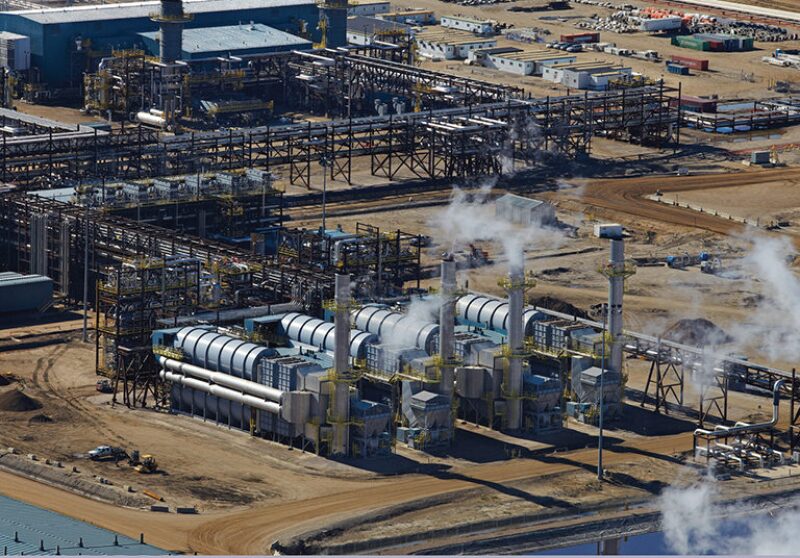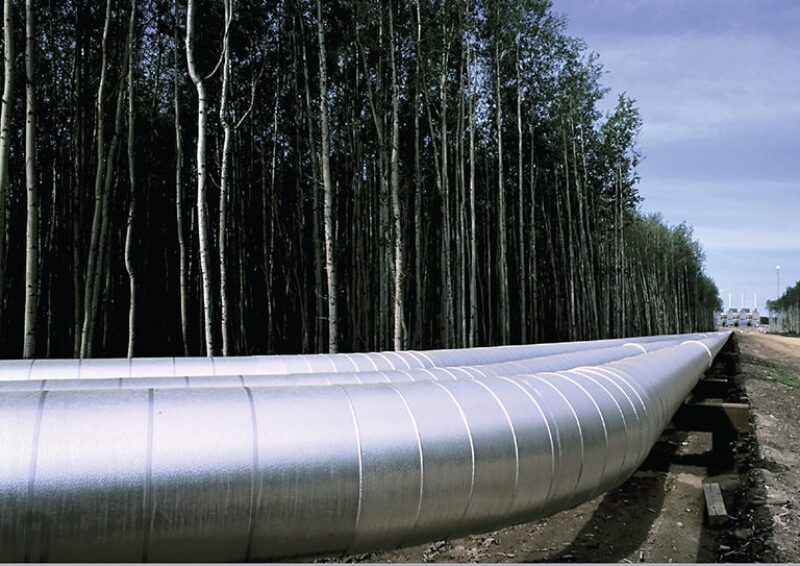Everybody wants collaboration but nobody wants to give away their secrets. Consider the Canadian oil sands, where future growth depends on drastic changes to lower the costs and emissions associated with extracting ultraheavy crude.
“When I look forward, I think about Canadian oil sands competing in a world that will require more collaboration than the industry has done,” said Rich Kruger, chief executive officer of Imperial Oil, explaining, “collectively we will have to lower costs and that will require collaboration.”
There are signs that is happening. A group created to bring companies together to speed solutions on environmental issues, the Canada’s Oil Sands Innovation Alliance (COSIA), recently changed its focus on collaboration related to health, safety, and environmental issues to allow work on subsurface issues, which are often proprietary.

It is a logical next step because there is large overlap between the things that reduce environmental impact and maximize profitability.
Subsurface collaboration can have both economic and environmental benefits because it could reduce the cost of the energy required to produce a barrel of oil as well as greenhouse gas emissions, said Bryan Helfenbaum, technology development manager for Devon Canada.
Drawing a line between the economic and environmental can be counterproductive. Gary Bunio, general manager strategic technology for oil sands at Suncor, points out that the task of finding better ways to clean up the tailings—the hard-to-treat water left after oil is separated from the sand in mining—would benefit from changes in the processing that produced the tailings.
But a logical argument for an engineer is not necessarily persuasive to a lawyer charged with protecting a company’s intellectual property.
For companies such as Imperial Oil, a subsidiary of ExxonMobil, the potential reward for keeping others from using a method it developed to solve a sensitive environmental issue, such as reducing the impact of mine tailings, is outweighed by the benefit of sharing knowledge that could reduce the risk of the industry causing environmental damage.
On the other hand, sharing something that gives a company an edge over the competition when it comes to finding and producing more oil is likely to remain confidential.
COSIA is putting together a corporate collaboration team to work on subsurface issues, which would normally lead to objections because “we spent money to develop it, we do not want to share,” Helfenbaum said.
One counter to that is: When one company makes an advance, that usually inspires others to catch up, so the edge may be short-lived.
COSIA has said the collaborations will be among partners making equitable contributions, which is in the mind of those willing to join groups formed to address specific issues.
“ExxonMobil is spending USD 200 million a year on R&D,” while others spend far less, if anything, said Kruger, adding, “I am not sure we want to open that up for free.”
A panelist at the recent SPE Canada conference put it more bluntly. Catherine Laureshen, a heavy oil research consultant, said, “When they see something like ‘equitable contributions,’ the intellectual property lawyers freak out.”
In better times it would be hard to overcome those objections. But now with growth at a crawl, executives have to consider how much their intellectual property will be worth if the business is not growing.
Oil sands veterans saw the value of collaboration when a government-funded underground test facility played a critical role in the development of the SAGD method that enabled production from deeper oil sands deposits.
“There are a lot of patents written [on SAGD processes], but because of the government involvement, SAGD was a public domain technology,” Bunio said. “That allowed a bunch of companies to work on it. It allowed the industry to grow and flourish.”


